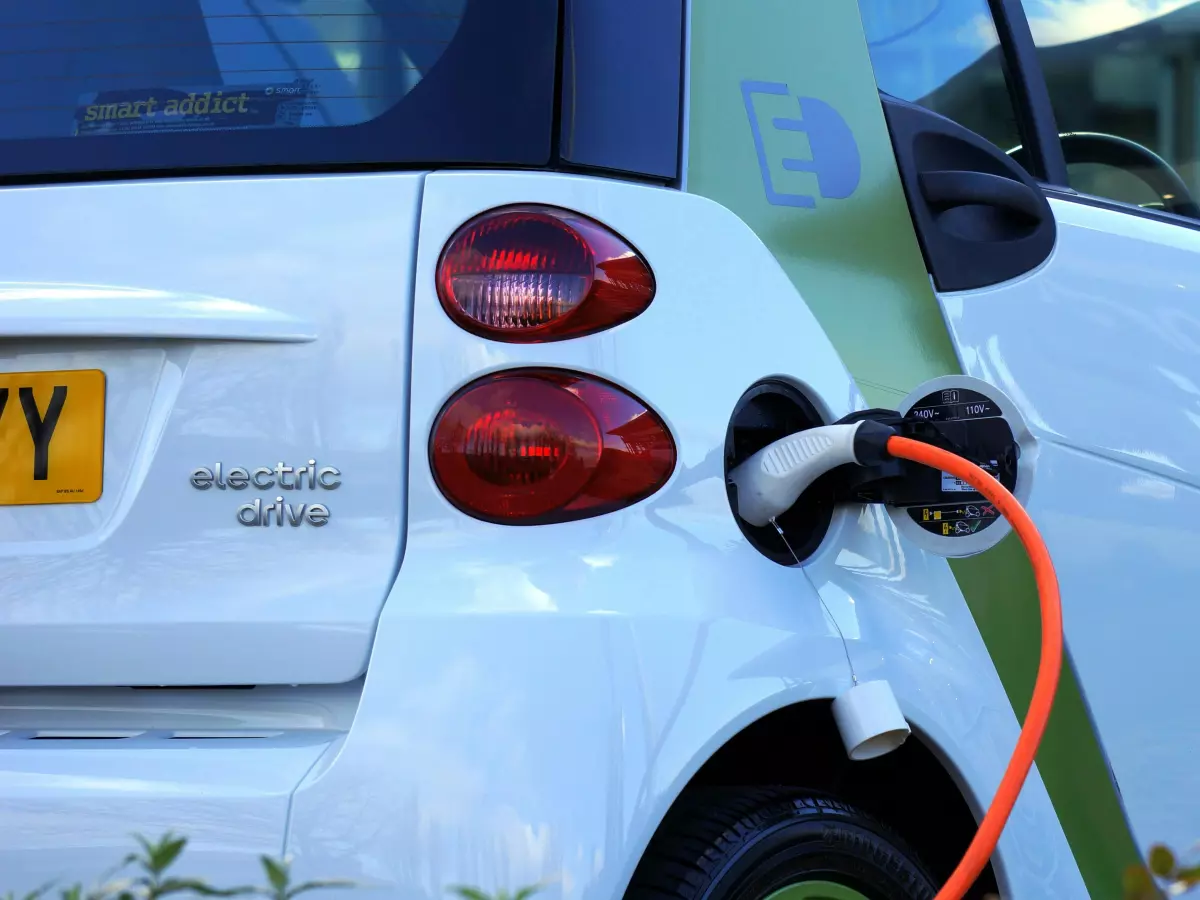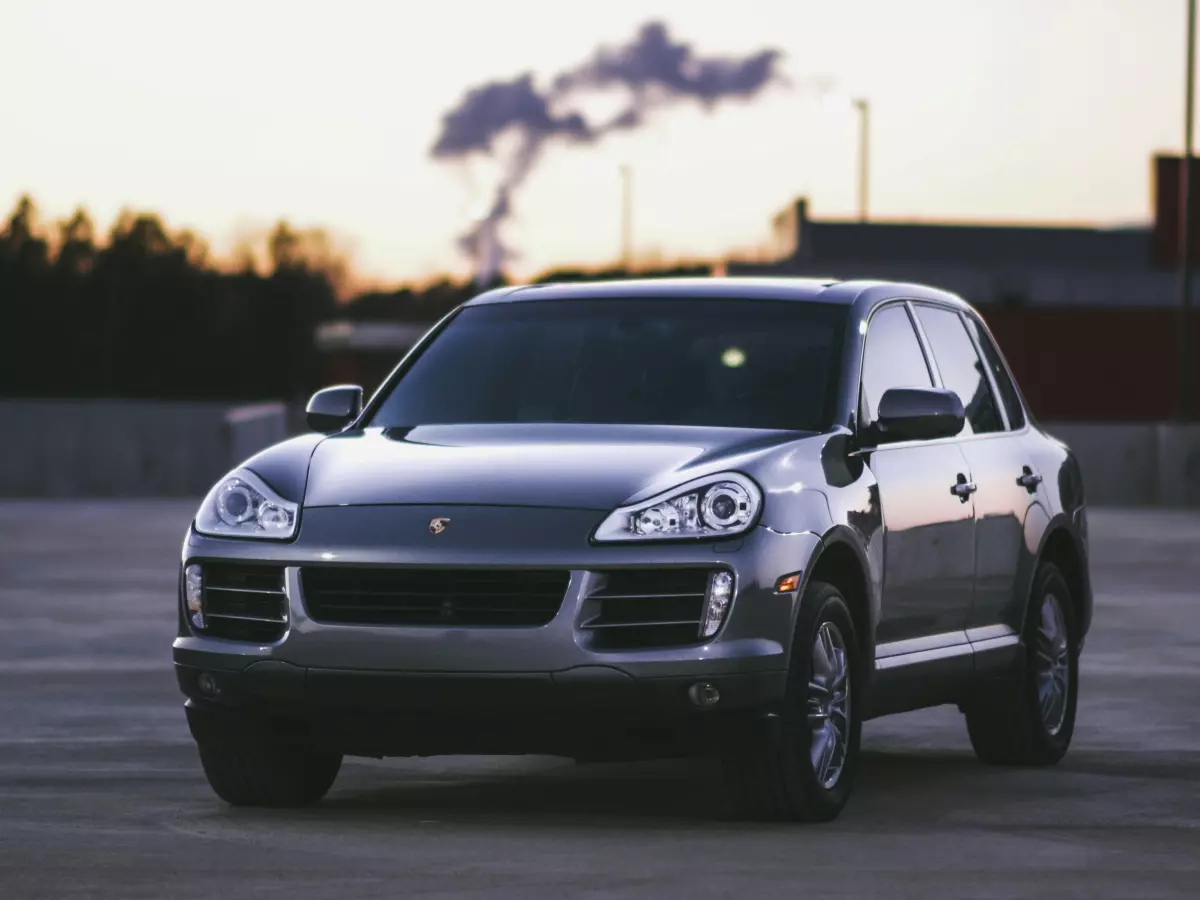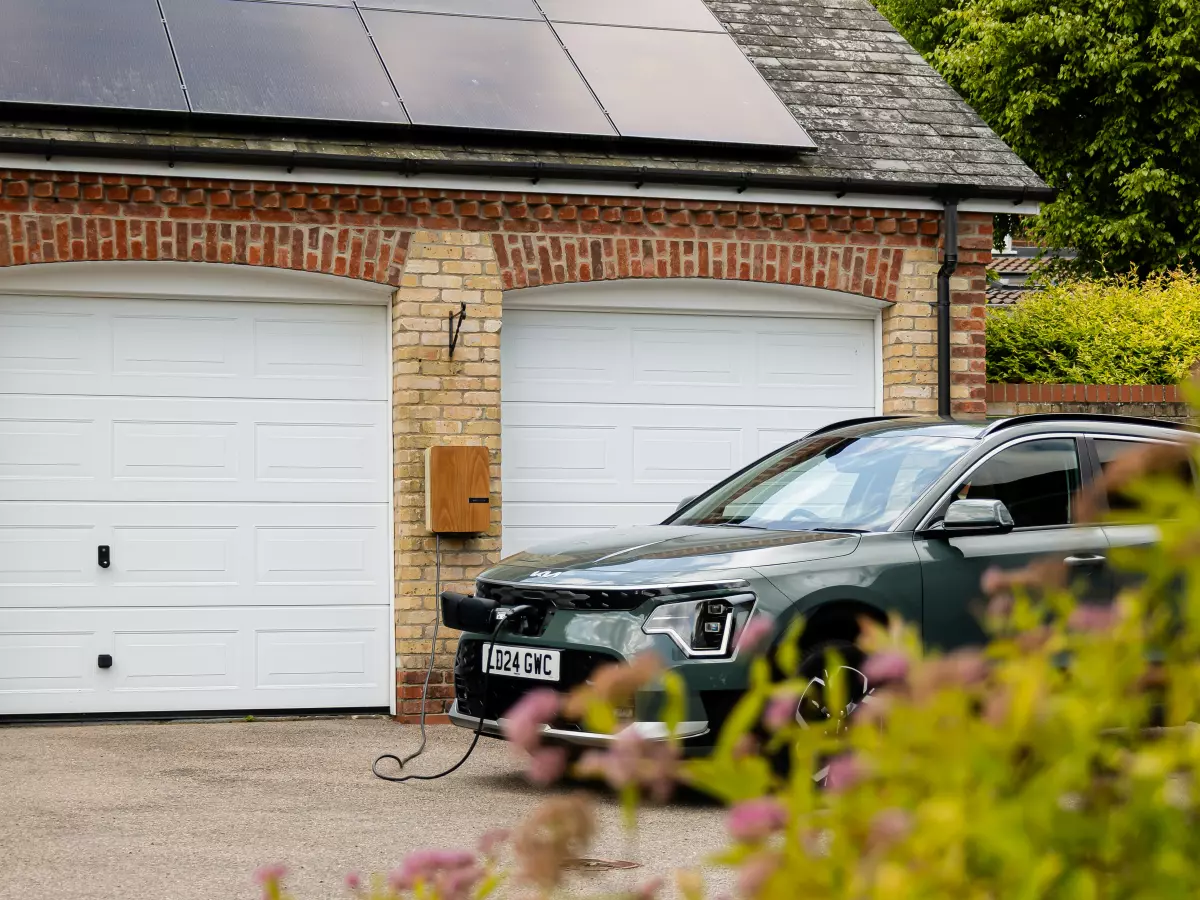Chilling Truths
"Why does my EV lose so much range in winter?" Sarah asked, staring at her dashboard as the battery percentage dropped faster than her coffee cooled in the cup holder.

By Hannah White
Ah, winter—the season of cozy sweaters, hot cocoa, and, for EV owners, a frustratingly noticeable dip in battery performance. If you've ever wondered why your electric vehicle seems to struggle in freezing temperatures, you're not alone. Cold weather can be a real buzzkill for EVs, but the good news? Automakers and tech innovators are on it, tackling the frosty challenge head-on.
Let’s break it down. When temperatures plummet, your EV's lithium-ion battery chemistry slows down. This isn't just a minor inconvenience; it’s science. Batteries rely on chemical reactions to generate electricity, and cold weather makes those reactions sluggish. Add in the extra energy needed to heat the cabin (because let’s face it, no one wants to drive in a mobile icebox), and you've got a recipe for range anxiety.
Why Cold Weather Drains Your EV
First, let’s talk about the battery itself. Lithium-ion batteries are like Goldilocks—they need conditions that are "just right." Too hot, and they degrade. Too cold, and their performance tanks. At freezing temperatures, the electrolyte inside the battery becomes more viscous, making it harder for ions to move between the anode and cathode. Translation? Less energy output and slower charging times.
But that’s not all. Cold weather also impacts regenerative braking. Normally, your EV recovers energy when you brake, feeding it back into the battery. In freezing conditions, the battery’s ability to accept that energy is limited, meaning you lose out on one of the coolest (pun intended) features of EVs.
Heating Systems: A Double-Edged Sword
Then there’s the heating issue. Unlike gas-powered cars that use waste heat from the engine to warm the cabin, EVs have to generate heat from the battery. This can drain energy faster than you can say "thermal management." Modern EVs have heat pumps to improve efficiency, but even these systems have their limits in extreme cold.
Charging in the Cold: A Patience Game
If you’ve ever tried to charge your EV in sub-zero temperatures, you know it’s not exactly a speedy process. Cold batteries charge more slowly to prevent damage, and some chargers may even reduce power output to protect the system. It’s like trying to pour molasses in winter—everything just moves slower.
How EVs Are Fighting Back
So, what’s the solution? Automakers are getting creative with tech to make winter driving less of a hassle. Preconditioning is one game-changer. Many EVs now allow you to heat the battery and cabin while the car is still plugged in, preserving range for the actual drive. Think of it as warming up your car without wasting precious battery juice.
Battery insulation is another area of innovation. Some manufacturers are adding thermal barriers to keep batteries at optimal temperatures, even in freezing conditions. And let’s not forget software updates. Over-the-air updates can tweak energy management systems to optimize performance based on real-world data.
Winter-Proofing Your EV
What can you do as an EV owner? For starters, park your car in a garage or sheltered area to keep it warmer. Use preconditioning to heat the battery and cabin before you hit the road. And if you’re planning a long trip, factor in extra charging stops—because yes, cold weather will impact your range.
Also, keep an eye on your tire pressure. Cold air can cause tires to lose pressure, which increases rolling resistance and further drains your battery. A simple check can save you precious miles.
Finally, consider investing in a vehicle with a heat pump if you live in a colder climate. While it might add to the upfront cost, the efficiency gains in winter could be worth it.
The Road Ahead
As EV adoption grows, so does the focus on making them winter-ready. From advanced battery chemistries to smarter software, the future looks bright—even if the weather outside is frightful. So, the next time you’re sipping hot cocoa and watching snowflakes fall, take comfort in knowing that your EV is getting better at braving the cold, one innovation at a time.
And hey, if all else fails, there’s always the option of moving to a warmer climate. Just saying.





